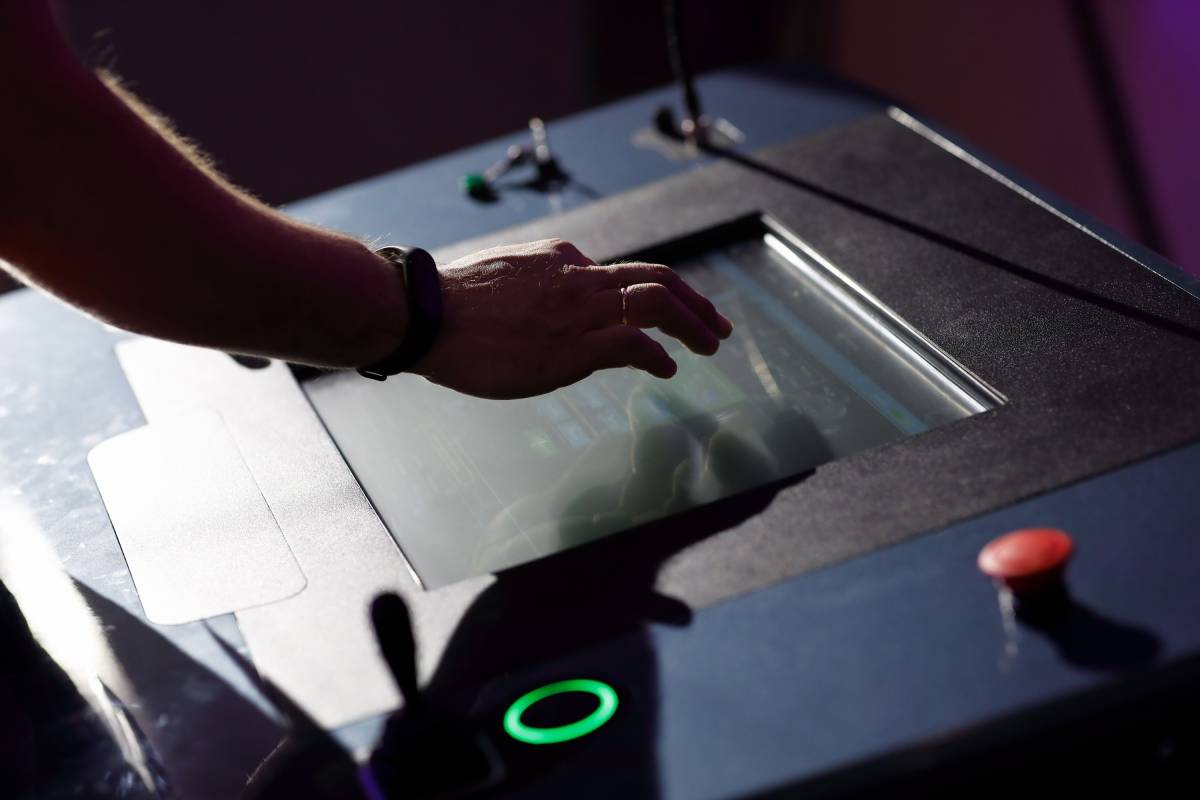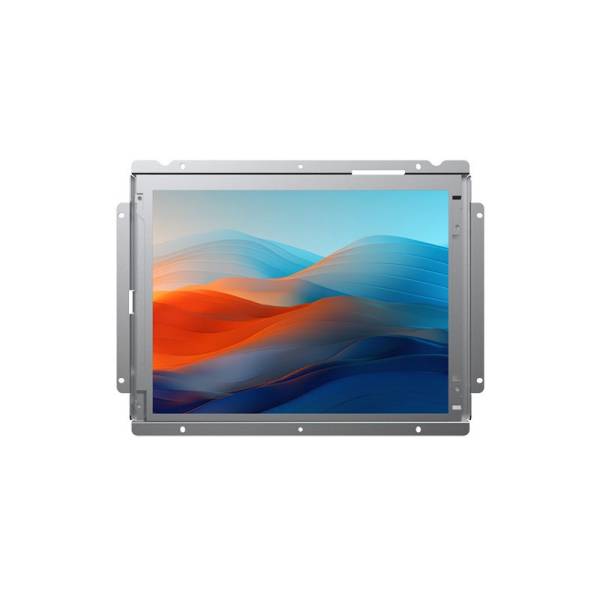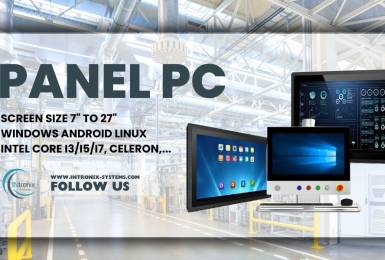An industrial monitor is much more than just a screen. Designed for harsh environments, it stands out for its robustness, reliability and performance. Unlike consumer screens, it must operate 24 hours a day, 7 days a week, in extreme conditions where heat, dust, vibrations and humidity are commonplace. With the rise of Industry 4.0 and digital transformation, these devices play a central role in process supervision, data visualisation and predictive maintenance.
Industrial monitors are characterised by several technical features: mechanical resistance, high IP protection, capacitive or resistive touchscreen, high brightness for optimal readability even in direct sunlight, and an ultra-thin design to fit into small spaces. This comprehensive guide will help you understand what an industrial monitor is, why it is essential, and how to choose the right model for your application.






